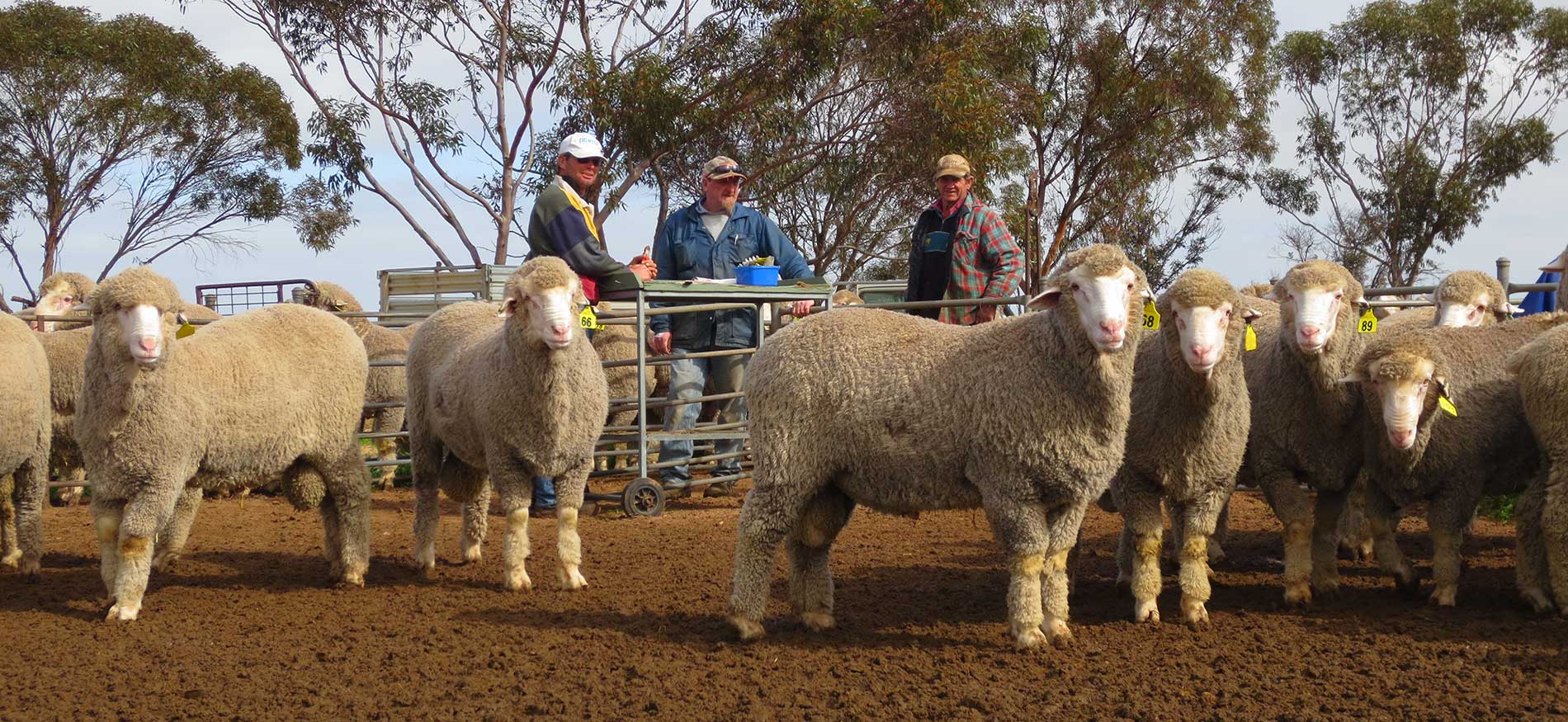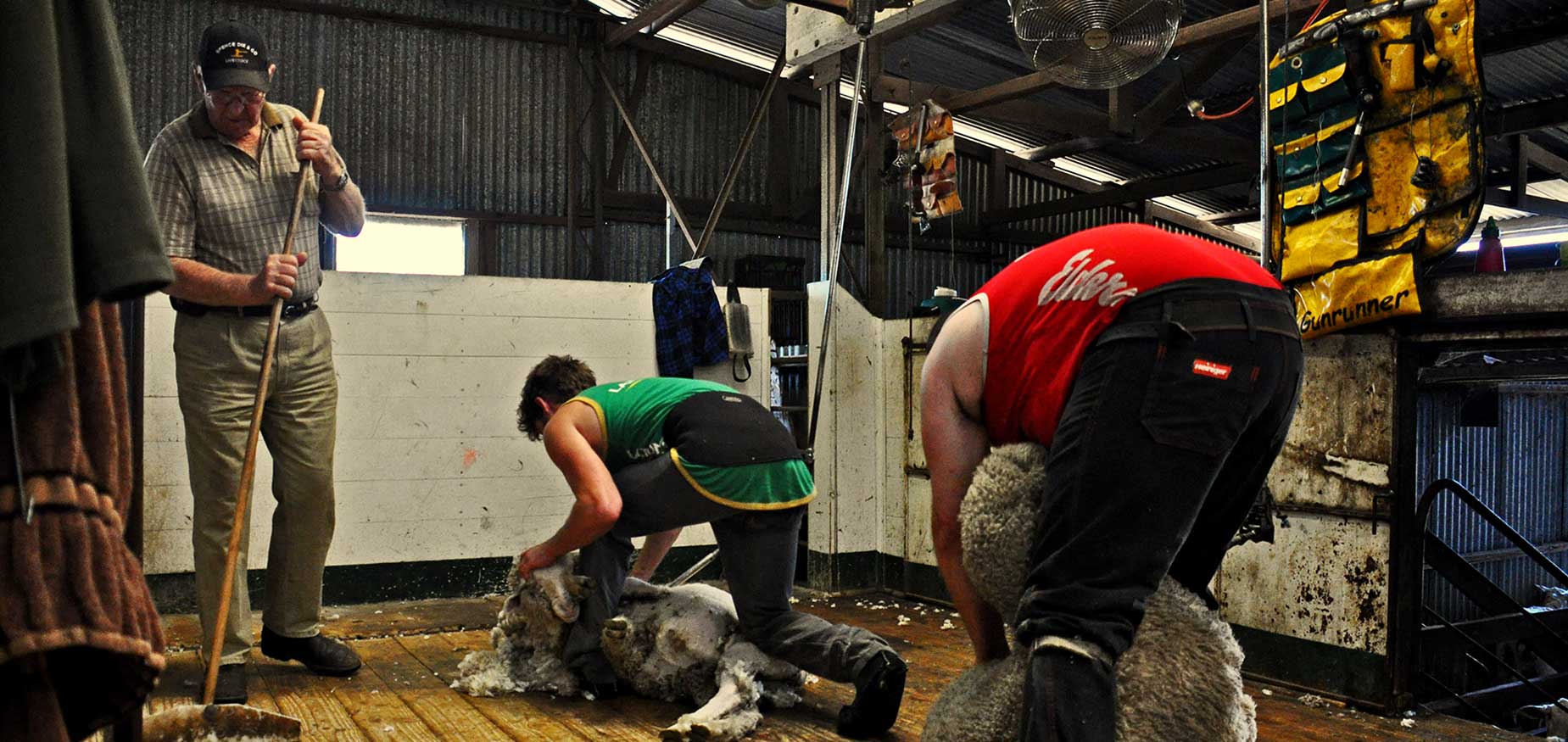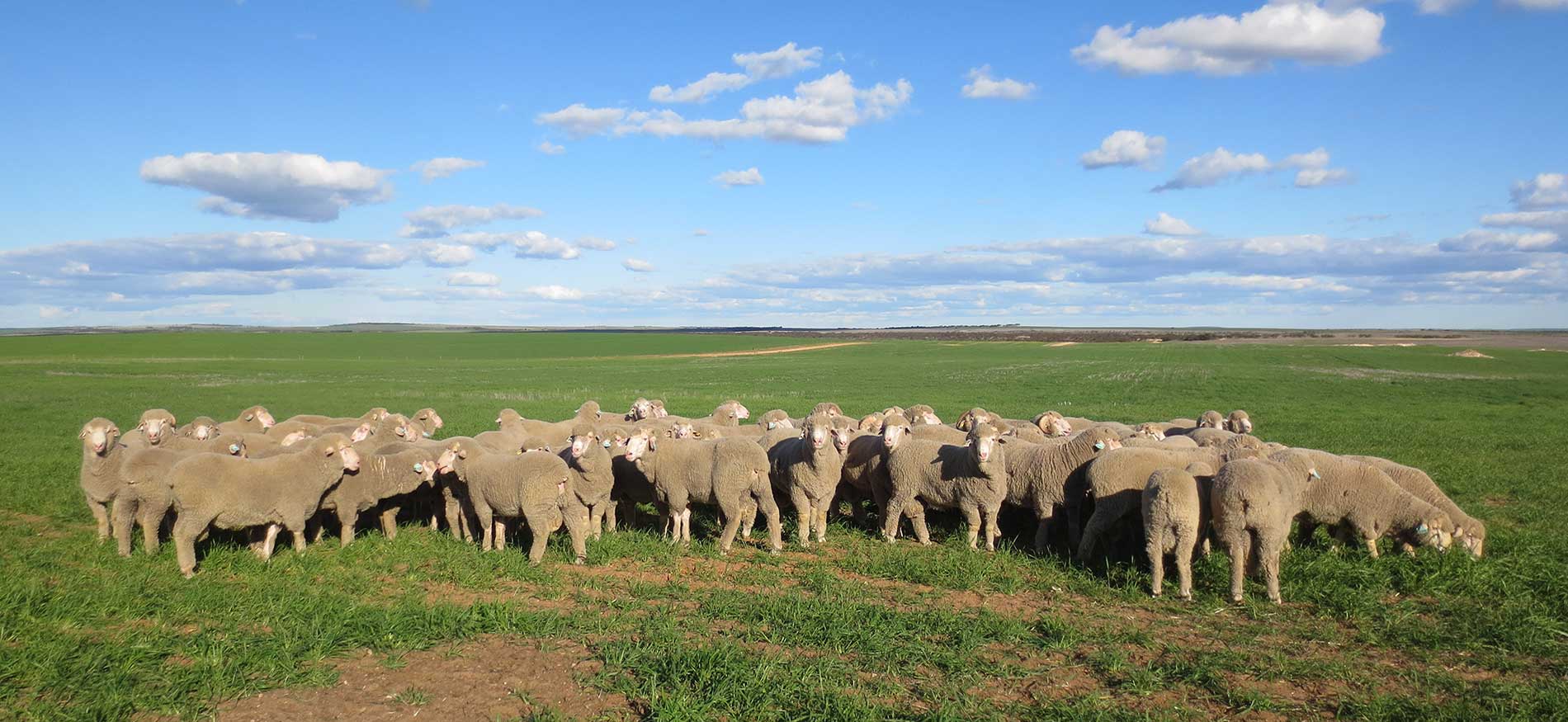Stock Journal Article - May 2025
Author: Emma Shattock, Elders Livestock Production Advisor
Containment feeding has been a common practice across much of SA this year, with benefits including retaining ground cover and managing ewe body condition scores. Industry best practice recommends releasing ewes from containment prior to lambing and this year, many ewes are being transitioned to paddocks with little to no pasture. A poorly managed transition out of containment can result in health issues, mismothering and increased ewe and lamb mortality. For these reasons, careful planning and preparation are critical to a smooth transition and lambing success.
Challenges of Lambing in Containment
Lambing in containment can prove extremely challenging for many producers, with industry recommendations to avoid doing so where possible.
Ewes require significantly more space and privacy for lambing to reduce mis-mothing and lamb losses. Other challenges of lambing in containment are the spread of diseases such as campylobacter and shelter. For these reasons, better results are often obtained by lambing out of the containment pens.
Timing of transition
Careful timing is required when releasing ewes from containment for lambing. If a paddock with some feed has been set aside, releasing ewes too early can lead to this being utilised before lambing starts. Conversely, releasing ewes too close to the point of lambing can cause unwanted stress and induce pregnancy toxaemia and deaths.
Any handling in the last four weeks of pregnancy can put ewes at risk, with this risk increasing the closer ewes are to their lambing date. The longer the distance the ewes are to be walked or trucked, the higher the risk and the earlier they should be released.
Dietary Management
Energy requirements of ewes increase in the last two months of pregnancy but spike dramatically after lambing. By the time of peak lactation, energy requirements can be two to three times higher than that of a dry ewe. For this reason, it is important that a quality feed is available and enough is being fed to meet these higher requirements.
If the feeding method to be used in the paddock will differ from that used in containment, transition ewes onto this change. For example, ewes that have been trail fed in containment but are expected to use self-feeders in the paddock should be inducted onto them.
Keep feed sources the same where possible, including mineral supplements. If a change is required, try to make this transition more gradual rather than a sudden change. This allows time for the rumen microbes to adapt and reduces the risk of digestive problems.
Transition from containment onto any green feed poses a high risk challenge. It is best to contact your livestock advisor or nutritionist on how best to plan for this.
Summary
The transition out of containment for lambing is an event which should be planned in advance. Good management needs to consider not only management of the feed transition, but also timing, animal health procedures and additional management requirements such as space. Every situation is unique, so it is best to speak with your advisor to create a tailored plan that works for you.





